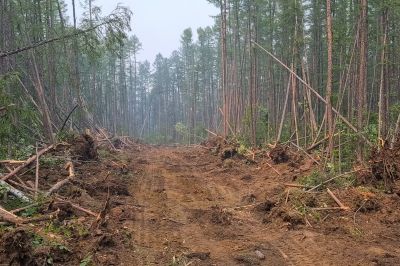Optimal Timing for Brush Land Clearings
Understanding the optimal timing for brush land clearings is essential for effective land management. The right season can influence the efficiency of clearing operations, safety, and the longevity of the cleared land.

Spring offers favorable conditions for land clearing, with moderate moisture levels and active plant growth that can ease debris removal.

Summer may present challenges due to higher temperatures and increased fire risk, but it can be suitable for certain types of brush.

Fall provides cooler weather and less moisture, making it a practical time for land clearing projects.

Ways to make Brush Land Clearings work in tight or awkward layouts.

Popular materials for Brush Land Clearings and why they hold up over time.

Simple add-ons that improve Brush Land Clearings without blowing the budget.
Timing for brush land clearing depends on several factors, including weather conditions, plant growth cycles, and land use goals. Proper planning ensures that the clearing is effective and minimizes environmental impact.
Choosing the right season can reduce fire hazards and improve debris management during land clearing.
Dry periods are preferred for reducing soil erosion and facilitating equipment operation.
Clearing during active growth periods can help control invasive species and promote healthy land regeneration.
Timing should align with future land use plans, such as agriculture, development, or conservation.

Spring is ideal for preparing land for planting or development.

Summer clearing can be effective but requires caution due to heat and fire risk.

Fall allows for land preparation before winter dormancy.

Winter is less common but can be suitable in milder climates for certain projects.
| Season | Advantages |
|---|---|
| Spring | Moderate weather, active plant growth, good for preparation |
| Summer | Long daylight hours, suitable for certain types of brush |
| Fall | Cooler temperatures, less moisture, ideal for clearing |
| Winter | Less common, suitable in mild climates |
| Dry Periods | Reduce soil erosion, better equipment operation |
| Wet Periods | Can hinder clearing activities, increased soil compaction |
Effective brush land clearing involves selecting the appropriate timing based on environmental and project-specific factors. Proper scheduling enhances safety, efficiency, and land management outcomes.
